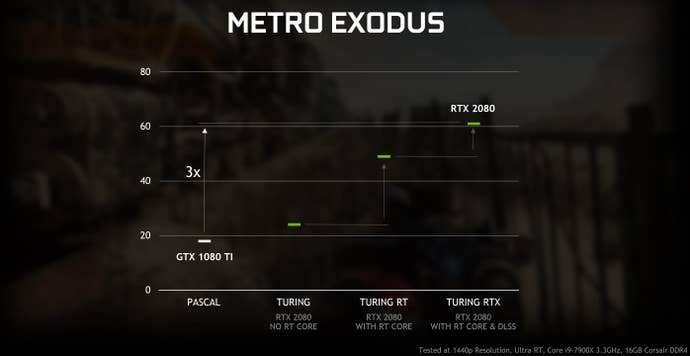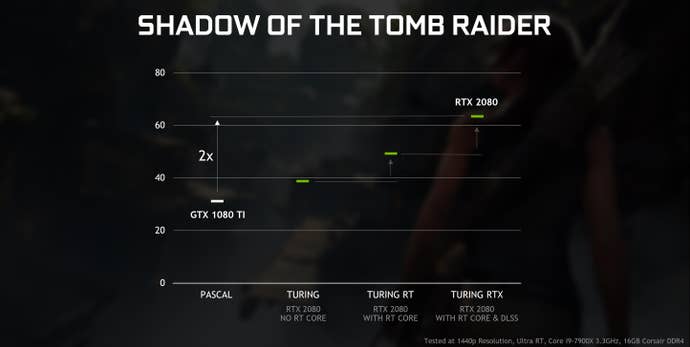Nvidia is officially bringing ray tracing to GTX 10 series cards in April
Real-time ray tracing is coming next month to Pascal GPUs.
Nvidia has announced that Pascal GPUs beginning with the GTX 1060 all the way up to the Titan XP will support ray tracing following the release of an official driver update due out in April.
This means you won't have to purchase one of the new RTX GPUs to see the tech running for yourself, though there are a couple of caveats. Nvidia says RTX GPUs will be two to three times faster than GTX ones thanks to their RT cores.
GTX cards will instead perform ray tracing calculations such as BVH (Bounding Volume Hierarchy), and ray / triangle intersection on their shader cores, which already handle other tasks in traditional rasterised rendering.
Using Metro Exodus as an example, Nvidia demonstrated how much slower Pascal GPUs are at ray tracing than Turing, even with the latter's RT cores disabled. The screenshots below has the comparison, but keep in mind that DLSS is included in the third row.
DLSS is indeed a separate point of comparison in the next set of images, which show performance in Metro Exodus, Shadow of the Tomb Raider, and Battlefield 5. As you can see, even the powerful 1080 Ti is significantly slower than an RTX 2080.



We already figured it was possible for ray tracing to run on non-Turing GPUs after Crytek showed the tech running on AMD hardware, but it's good to get official confirmation.
It's also worth keeping in mind that, as we noted above, not every single Pascal GPU will support ray tracing - only GTX 1060 6GB and above.

